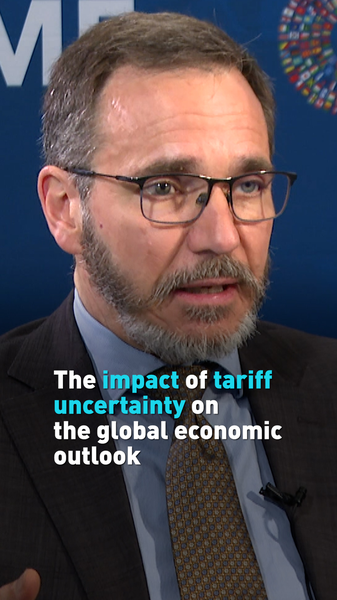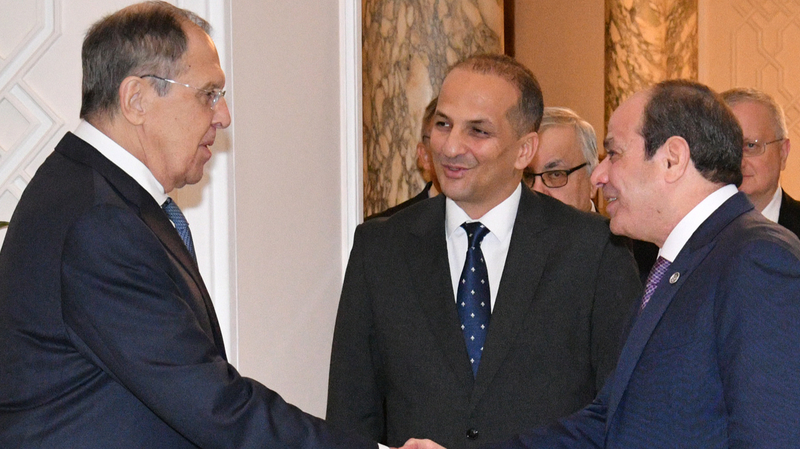Tariff jitters are rippling across global markets, forcing the IMF to revise its 2025 growth outlook from 3.3% to 2.8%.
In a recent briefing, Pierre-Olivier Gourinchas, Chief Economist and Director of the IMF’s Research Department, warned that unpredictable tariff moves by the U.S. and tit‑for‑tat responses are weighing on trade flows, investor confidence, and business planning.
'Tariff unpredictability has become a significant drag on growth,' Gourinchas explained. 'When businesses can’t forecast trade rules six months ahead, they delay investments and recalibrate supply chains.'
Here’s how different players are feeling the impact:
- Startups & Entrepreneurs: Rising input costs and shifting duties are forcing lean tech ventures in emerging markets to scramble for alternative suppliers or hedge currency risks.
- Global Brands: From automotive giants to consumer electronics, companies are diversifying manufacturing hubs beyond traditional networks to mitigate shocks.
- Travel & Logistics: Shipping routes and air freight rates have grown volatile, translating into higher ticket prices and delivery fees for consumers and digital nomads.
- Policy Makers: Governments face a balancing act—using trade tools to protect local industries without choking cross‑border flows that drive innovation and growth.
Gourinchas stressed that policy stability and clear multilateral frameworks are key to supporting firms and workers worldwide. 'In today’s interconnected economy, cooperation beats confrontation,' he said.
For young investors, business leaders, and changemakers, the message is clear: adaptability is essential. From retooling supply chains with sustainable partners to leveraging digital platforms for remote collaboration, innovation will determine who thrives in an era of tariff turbulence.
As markets parse the IMF’s revised forecast, keeping a finger on policy trends and building resilience may be the best hedge against uncertainty.
Reference(s):
The impact of tariff uncertainty on the global economic outlook
cgtn.com




